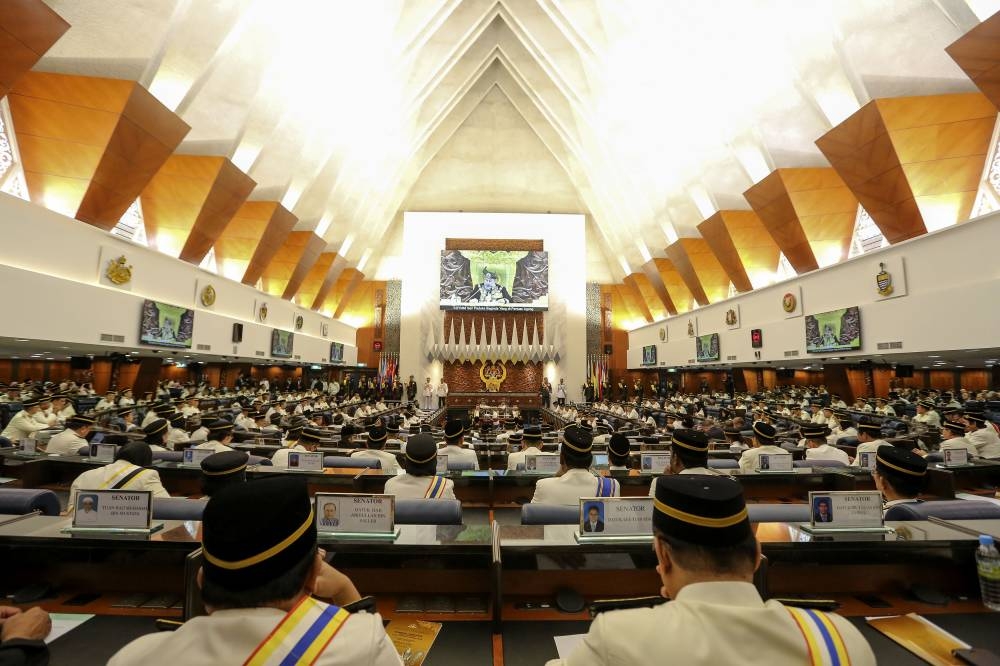JULY 23 ― The ordinary procedure for dealing with a motion in a Westminster parliament like the Dewan Rakyat can be illustrated as follows:

As explained in an earlier article, a motion does not necessarily lead to the House doing something or ordering something done.
A motion can simply be a proposal to the House that, if approved, initiates a discussion leading to the House to agree on the matter. That motion then becomes a resolution of the House.
Any matter of importance or public interest can be the subject-matter of a motion.

That motion must be phrased in such a way that, if agreed to, will purport to express the opinion of the House on the particular matter, such as a natural disaster. It must be framed as to be capable of expressing an opinion of the House. If adopted, the motion becomes a resolution of the House.
An example of a motion that expresses the opinion of the House is as follows:
“This House, having considered the present situation [state the situation], recommends to the Government to take immediate necessary steps to ....”
After a motion is moved by an MP, the Chair then proposes the question to the House, which repeats the terms of the motion, for example ‘The question is, that this House ... Bill’.
The question is debated. MPs take it in turns to speak on the matter concerned.
Now, Standing Order 36(2) of the Dewan Rakyat ensures that no reference shall be made to any matter which is sub judice in such a way as might in the opinion of the Chair prejudice the interests of the parties in a court proceeding.
The debate pursuant to a well-framed motion will not be asking the government to reveal anything confidential or strategic to the government in the legal proceedings. The government doesn’t even have to respond to anything raised in the debate.
When the debate has ended, the Chair asks or puts the question again and a decision is made, which may be through a vote (division). (See “How are decisions made following a debate?”)
The government is not legally bound to comply with this type of resolution that expresses the House’s opinion on the particular matter.
The government only needs to be a good listener.
* This is the personal opinion of the writer or publication and does not necessarily represent the views of Malay Mail.





















